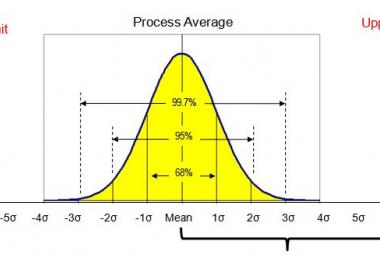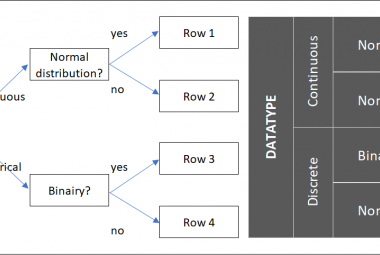Lean Thinking is one of the first books written in America where the Term ´Lean´ is used. Womack and Jones describe 5 principles of Lean (Value, value Stream, Flow, Pull and Perfection) and make some suggestions for implementing these principles.
The authors promise some serious advantages for transforming a batch-and-wait-factory to a Lean factory: Productivity will double, and both Lead times as well as inventories will be reduced by 90%.
In the first part of the book, 5 PRINCIPLES OF LEAN are described which help to reduce Muda, or waste.
Lean has everything to do with defining value. How much value an activity or production part has is determined by the customer. According to the authors, real value can usually be defined as the direct materials and direct labor to produce the product. These costs together can be used as ´target costs´ for a product.
The second principle is the Value Stream, which is defined as the activities necessary to move the product or service through three foundational activities of an organization:
- Solving problems, from design, through engineering, to production
- Information Management, from customer order, via Production, to delivery
- Physical transformation, from raw materials to end product.
To keep your right for existence as an organization, it is important to use your financial resources in an efficient way and regain invested resources as quick as possible. It is therefore important that value flows through the organization. Products which do not move are actual stagnant Cash-flows. To optimize the flow of products, rout causes for stagnation need to be removed which can be found in for instance Machine breakdowns, defect products and scrap materials.
The fourth principle to product in a Lean manner is pull production. This means only products which are ordered by a customer are produced. In this case, the customer can be an external customer as well as an internal department or another machine downstream in the production process. Producing according to this principle minimizes overproduction and therefore inventories. One downside can be the necessary extra changeovers needed to produce customer orders only.
The fifth and final principle is perfection, in which the flow of value is improved continuously. Wastes should continuously and structurally be minimized using the first four principles.
In part 3 of the book, Womack and Jones describe a number of GUIDELINS FOR ACTION, to help transforming the organization. A couple of them are described here:
Map your Value Streams per product family, to visualize wastes within de value streams. These wastes can then be removed from the process in a structured manner. The most common tool used to map Values streams is the Value Steam Map (VSM).
Start with the low hanging fruit, for instance a department or process where results can be shown relatively quick. Quick results will show other employees that this new (Lean) approach is value adding and will therefore me motivated to be included in improving other departments.
Reorganize the shop floor to product families, to visualize the flow of products. Physical adjustments increase the overview of the department and reduce complexity of transport between workstations and departments.
Get rid of people who work against you and negatively influence other coworkers. Statistically this includes 10% of the workforce. Obviously is firing these people the last possible step to take, after other opportunities like working in another department, other function and tremendous effort to convince them that we are improving for the better.
When something has improved, improve it again. Continuous means never ending, so keep on looking for the next improvement.
2 steps forward followed by 1 backward is ´normal´, however, stagnation is unacceptable. Lean has everything to do with the way people behave. It is not uncommon for people to fall back into the old behavior. Do not give up when this happens, simply talk to the person in question again.
Adjust Lean tools to your own situation. Do not blindly copy Lean tools from books or other companies, but think about how each tool can or cannot add value to your specific situation in eliminating waste.
Train employees in solving problems and root cause analysis to make sure everybody can eliminate waste.
Lean Thinking is one of the classics in American Lean Literature. This book contains many examples of implementing different Lean tools, which I personally did not find very value adding. Fortunately there are many other books written about Lean since 1996.
Lean Books interesting?
Continue to:
The Goal - E.M.Goldratt (summary)
SOURCE:
Womack, J.P., Jones, D.T., 1996, Lean Thinking - Banish Waste and Create Wealth in your Corporation, New york: Free Press (order this book)












